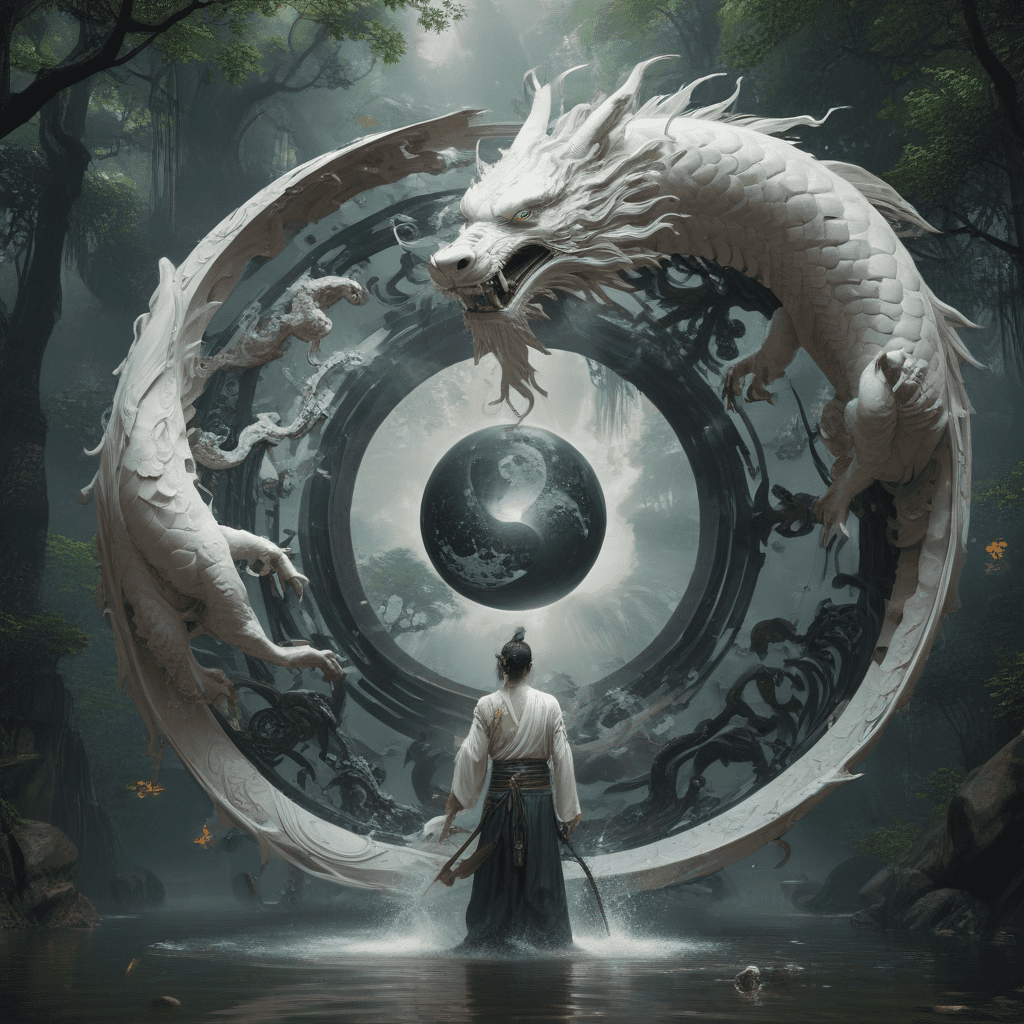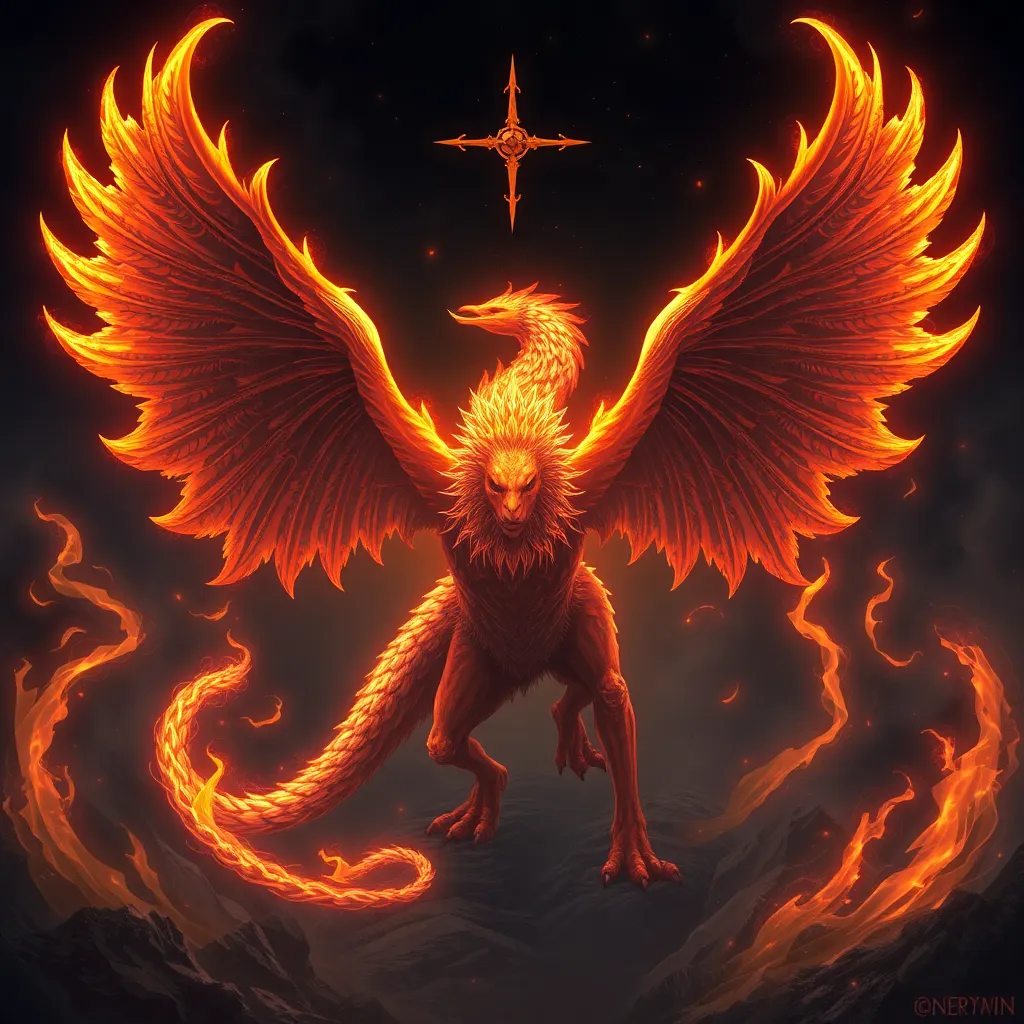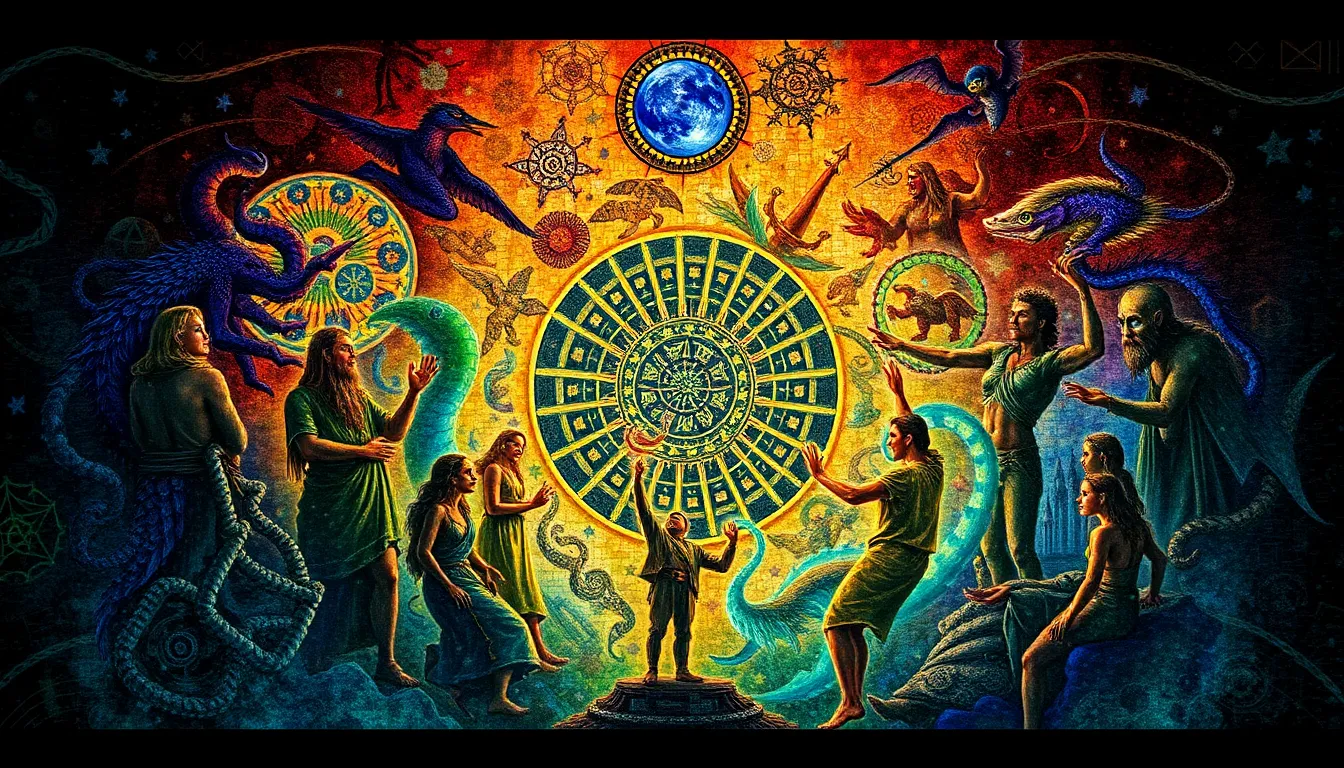Legendary Armaments: The Weapons That Shaped Mythology
I. Introduction
Legendary armaments are not merely weapons; they are symbols of power, identity, and cultural significance embedded in the narratives of ancient myths and legends. These weapons often transcend their physical forms to embody ideals, heritage, and the very essence of the heroes who wield them. In various mythologies across the globe, weapons play a crucial role in defining the narratives surrounding gods, heroes, and the struggles between good and evil.
The purpose of this article is to explore the remarkable legendary weapons that have shaped mythological tales, examining their origins, significance, and cultural impact. By delving into these armaments, we can uncover the intricate relationship between mythology and the human experience.
II. The Role of Weapons in Mythology
Weapons in mythology serve multiple symbolic roles. They are often seen as:
- Symbols of power: Weapons signify authority, strength, and the right to rule. They are frequently associated with divine right, where gods bestow weapons upon chosen mortals.
- Tools of conflict: Many myths center around battles between deities or heroes, with weapons being central to these confrontations.
- Markers of identity: The choice of weapon can reflect the character and values of the hero or god, connecting them to their cultural background.
Thus, the connection between weaponry and heroic identity is profound, where the weapons often become extensions of the heroes themselves, symbolizing their virtues and destinies.
III. Notable Legendary Weapons from Various Cultures
A. Excalibur: The Sword of King Arthur
Excalibur is perhaps one of the most famous legendary weapons in Western mythology. Rooted in Arthurian legend, this sword is said to have magical properties and is often associated with King Arthur’s rightful sovereignty.
- Origins: Excalibur is often depicted as being bestowed upon Arthur by the Lady of the Lake, symbolizing divine endorsement of his kingship.
- Significance: The sword symbolizes justice, strength, and the moral right to rule, making it a powerful emblem in the fight against tyranny.
B. Mjolnir: Thor’s Hammer
In Norse mythology, Mjolnir is the hammer of Thor, the thunder god, renowned for its destructive power and ability to protect.
- Mythological background: Mjolnir was crafted by dwarven blacksmiths and is capable of leveling mountains.
- Role in cosmology: It serves as a tool for maintaining order in the cosmos, symbolizing protection and the defense of the gods against chaos.
C. The Trident of Poseidon
The Trident, wielded by Poseidon, the Greek god of the sea, represents his dominion over the waters and the power to create storms.
- Representation: The Trident symbolizes authority and control over the oceans, embodying the unpredictability of the sea.
- Influence: Its presence in Greek mythology reflects the importance of the sea in ancient Greek culture and the reverence for maritime lore.
IV. Weapons of the Gods
A. Zeus’s Thunderbolt
Zeus, the king of the gods in Greek mythology, wields the thunderbolt, a symbol of his ultimate authority.
- Creation: Forged by the Cyclopes, the thunderbolt represents divine power and the ability to enforce justice.
- Symbolism: It embodies Zeus’s control over the sky and his role as the enforcer of order among gods and mortals alike.
B. Hades’ Helm of Darkness
The Helm of Darkness, also known as the Cap of Invisibility, is a powerful artifact associated with Hades, the god of the underworld.
- Role in mythology: This helm grants its wearer the power to become invisible, reflecting Hades’s dominion over death and the unseen.
- Impact: It shapes perceptions of the afterlife and the mysteries surrounding death in ancient Greek culture.
V. Heroic Weapons and Their Bearers
A. Beowulf’s Sword: Hrunting and Naegling
In the Old English epic “Beowulf,” the titular hero wields multiple swords, each representing different facets of his character.
- Weapon choice: Hrunting, given to Beowulf by Unferth, symbolizes honor and the expectations of heroism.
- Significance: Naegling, Beowulf’s own sword, reflects his maturity and growth as a hero, emphasizing themes of loyalty and legacy.
B. The Bow of Odysseus
The bow of Odysseus serves as a pivotal symbol in Homer’s “The Odyssey,” where it represents loyalty and cleverness.
- Importance: The bow is a test of worthiness, as only Odysseus can string it, showcasing his rightful place as king.
- Symbolism: It signifies the bond of loyalty between Odysseus and his family, as well as his intelligence in overcoming challenges.
VI. The Evolution of Legendary Weapons in Mythology
Legendary weapons have evolved significantly, from ancient artifacts to modern interpretations in literature and media.
- Transition: As myths were retold, weapons adapted to reflect contemporary values and beliefs.
- Influence: Today, legendary weapons continue to inspire various media, from films to video games, ensuring their place in popular culture.
- Folklore: The preservation of weapon lore through folklore highlights its importance in cultural storytelling.
VII. Cultural Variations of Legendary Armaments
A. Japan’s Kusanagi: The Grass-Cutting Sword
The Kusanagi sword is a legendary Japanese weapon deeply intertwined with Shinto beliefs and the Imperial family.
- Connection: It represents the virtues of valor and loyalty, making it a symbol of the Japanese state.
B. The Spear of Destiny in Christian mythology
The Spear of Destiny, said to have pierced the side of Jesus during the Crucifixion, carries significant historical and legendary narratives.
- Historical significance: Over centuries, it has been linked to various legends, including the belief that it grants its wielder the power to rule.
VIII. The Psychological Impact of Legendary Weapons
Legendary weapons have profound psychological effects on both characters in mythology and their audiences. They evoke:
- Inspiration: Stories of heroic deeds associated with these weapons inspire bravery and resilience.
- Fear: The destructive power of certain armaments can elicit fear and respect for the forces they represent.
- Cultural identity: Weapons often symbolize collective identity, linking individuals to their heritage and shared stories.
In conclusion, legendary armaments are more than mere tools of warfare; they are powerful symbols that shape narratives, embody cultural values, and influence human psychology. Their stories continue to resonate, reflecting the timeless nature of mythology and the enduring human fascination with the heroic and the divine.



